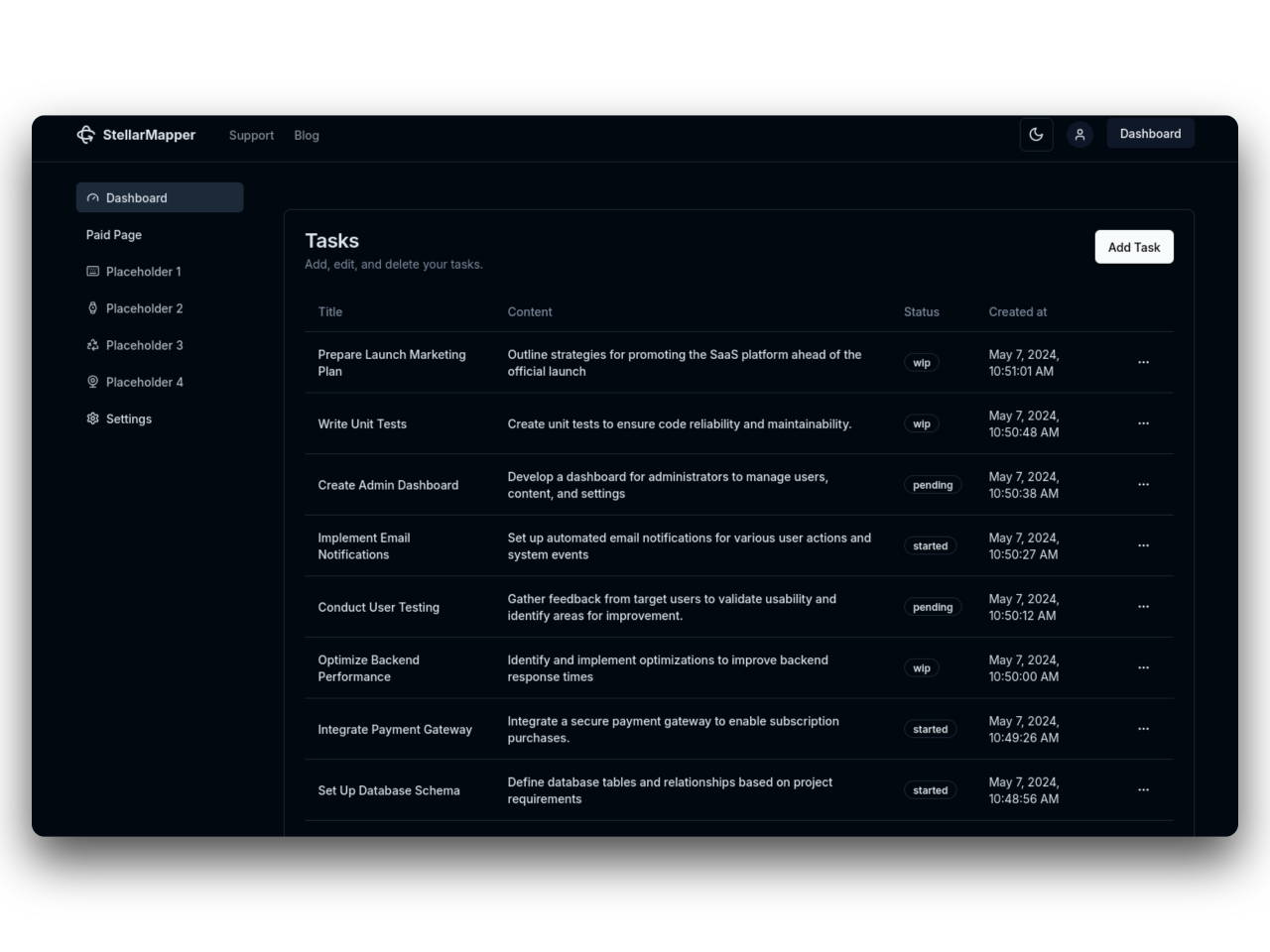The Pros and Cons of Using Boilerplates
In the world of software development, boilerplates have been a common topic for discussion. A boilerplate, in its simplest form, refers to a section of code or a template that can be reused across multiple projects. By providing developers with a baseline structure, boilerplates aim to streamline the development process. However, as with any tool, using boilerplates comes with both advantages and disadvantages. In this blog post, we will delve into the pros and cons of using boilerplates in your projects.
What is a Boilerplate?
Before we explore the pros and cons, let’s define what a boilerplate is. A boilerplate is a pre-written code template that can be customized and reused. It typically includes standard functionality, project layouts, configuration files, and best practices. Boilerplates are common in web development, where frameworks and libraries often provide starter templates for applications.
Pros of Using Boilerplates
The benefits of using boilerplates can be pretty compelling, especially for developers looking to save time and adhere to best practices.
1. Time Savings
One of the most notable advantages of using boilerplates is the time saved during the development process. Starting a new project from scratch can be time-consuming. Boilerplates provide a ready-made foundation, enabling developers to hit the ground running. With standardized structures pre-built, developers can focus on implementing unique features rather than setting up the basics.
2. Consistency Across Projects
Boilerplates encourage consistency, fostering uniformity across various projects within a team or organization. This consistency can be particularly beneficial in larger teams, where multiple developers might be working on different parts of the same application. Using the same boilerplate means that everyone is operating under the same layout and conventions, making it easier to collaborate.
3. Best Practices Embedded
Many boilerplates are developed with industry best practices in mind. By using a boilerplate, you are more likely to adhere to these standards, including security practices, coding conventions, and architecture. This can lead to better, more maintainable code over time.
4. Easy Onboarding for New Developers
When new developers join a project, it can be challenging to bring them up to speed. With a well-documented boilerplate, newcomers can quickly familiarize themselves with the codebase. A structured starting point helps reduce the learning curve and allows new team members to contribute more quickly.
5. Rapid Prototyping
For developers looking to prototype ideas or test concepts, boilerplates can streamline the prototyping process. Instead of getting bogged down in setup, developers can quickly build and iterate on early versions of their applications.
Cons of Using Boilerplates
While there are many benefits to using boilerplates, it is essential to consider the potential drawbacks as well.
1. Overhead and Bloat
Boilerplates can sometimes introduce unnecessary code or features that you might not need for your specific project. This can lead to bloated applications, with extra dependencies or files that only add noise to the codebase. It’s crucial to scrutinize boilerplates and strip out any non-essential components.
2. Less Flexibility
Using a boilerplate can reduce flexibility in certain situations. When adhering to the structure and patterns laid out in the boilerplate, developers may feel constrained and unable to innovate or adapt on their terms. This can lead to a ‘one-size-fits-all’ mentality that isn’t suitable for every project.
3. False Sense of Security
While boilerplates can guide best practices, there is often a false sense of security that comes with using them. Some developers might believe that simply using a boilerplate makes their application secure or fully optimized. However, this is not always the case, and reliance on boilerplates can lead to complacency in code quality and security practices.
4. Learning Curve
While boilerplates can assist with onboarding, they can also present a learning curve of their own. Developers may become overly reliant on boilerplates without understanding the underlying technology or framework. This can lead to gaps in knowledge that might surface later when troubleshooting or adding custom features.
5. Incompatibility with Project Requirements
Not all projects are the same, and boilerplates may not be fully compatible with your specific requirements. You may encounter situations where the boilerplate’s structure doesn’t align with your project’s needs, leading to time wasted in customizing or breaking down the boilerplate to fit your purpose.
Conclusion
Using boilerplates can be a double-edged sword. They provide a myriad of advantages, including time savings, consistency, and built-in best practices, making them a valuable resource for many developers. However, potential drawbacks, such as code bloat, reduced flexibility, and reliance on outdated practices, can undermine these benefits if not addressed carefully.
As with any development tool, the key is to understand when and how to use boilerplates effectively. Assess the needs of your project, the expertise of your team, and the specific requirements unique to your implementation before diving into a boilerplate. By applying boilerplates with a discerning eye, you can maximize their advantages while minimizing their disadvantages, leading to a more efficient and effective development process.
